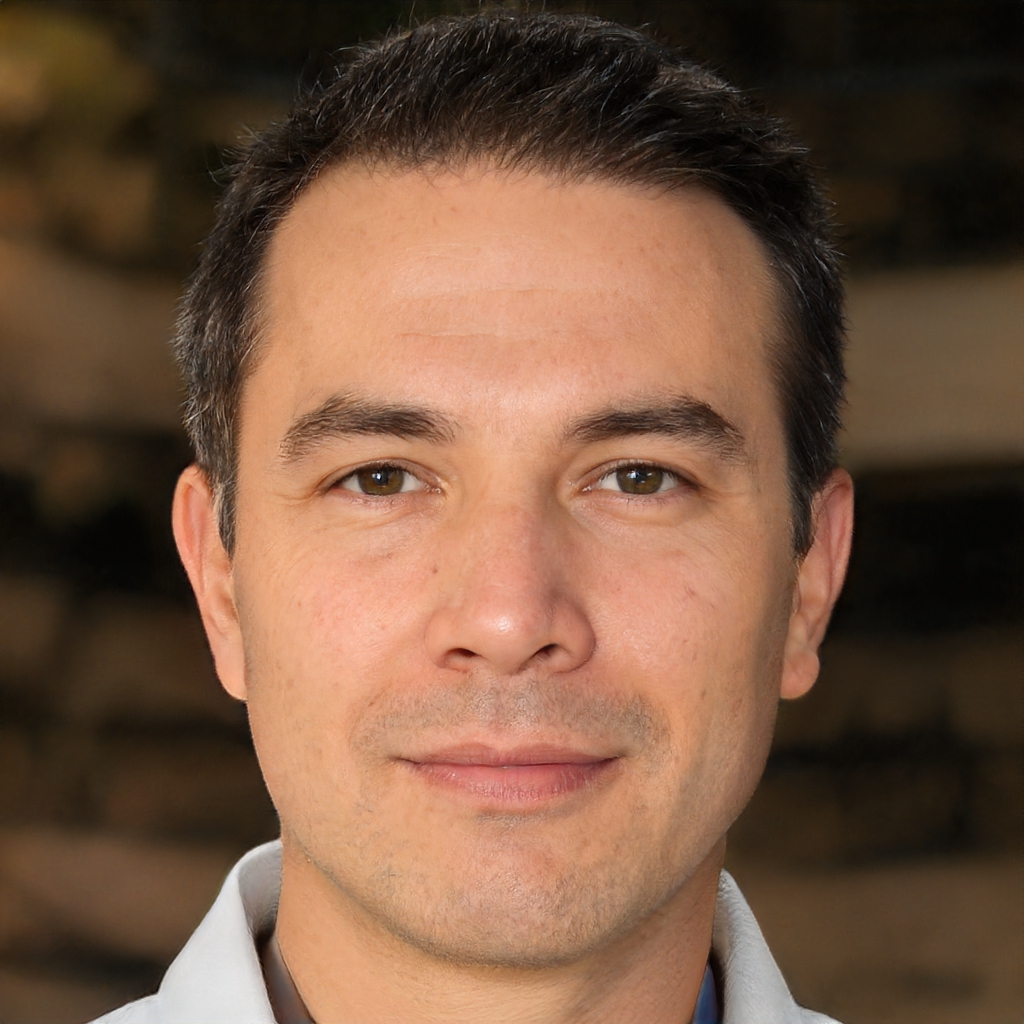The deepfakes of Matteo Renzi and Matteo Salvini going crazy on social networks in recent days have also shown us the power of these fake videos
The fake video broadcast by Striscia la Notizia, in which former Prime Minister Matteo Renzi heavily mocks many political opponents has ignited, even in Italy, the controversy about the so-called "Deepfake". It wasn't an imitator, as Renzi himself initially believed, but a counterfeit video using software based on artificial intelligence.
Such videos, especially in America, have been seen in the last three years. The most famous is the one in which former US President Barack Obama offends his successor Donald Trump. Another Deepfake that has entered history is the one in which Mark Zuckerberg admits that Facebook controls data and, as a result, controls people's lives. In turn, other celebrities have fallen victim to manipulated videos: Taylor Swift, Katy Perry, Gal Gadot, Emma Watson, Scarlett Johansson, Daisy Ridley. Today, also thanks to smartphone apps that can be downloaded by everyone, anyone could make us say the most absurd things: all they need is a video in which we say anything but.
Deepfakes: how they are made
In September 2019, even an "educational" Deepfake was published: the MIT Technology Review made a fake video interview with Vladimir Putin, in which the Russian president tells Americans "If you are idiots, it's not my fault." The video, according to the scientific magazine, served to show Americans how easy it is to create a Deepfake and make people believe even the most unlikely things. To create a Deepfake, in fact, today it is enough to use a smartphone app like FakeApp or Face2Face. The results are not comparable to those obtained with more complex software, but they are within everyone's reach.
How to defend yourself from Deepfake
Already the fact that we talk about Deepfake, paradoxically, is a positive thing: knowing that there is always a possibility that the video we are watching is completely false is the first way to defend ourselves. There are also software specifically created to recognize Deepfakes. For example, XceptionNet was developed by the Technical University of Munich to look for traces of tampering in the data of the video file. And, of course, XceptionNet also uses artificial intelligence and machine learning algorithms to unmask fake videos.
